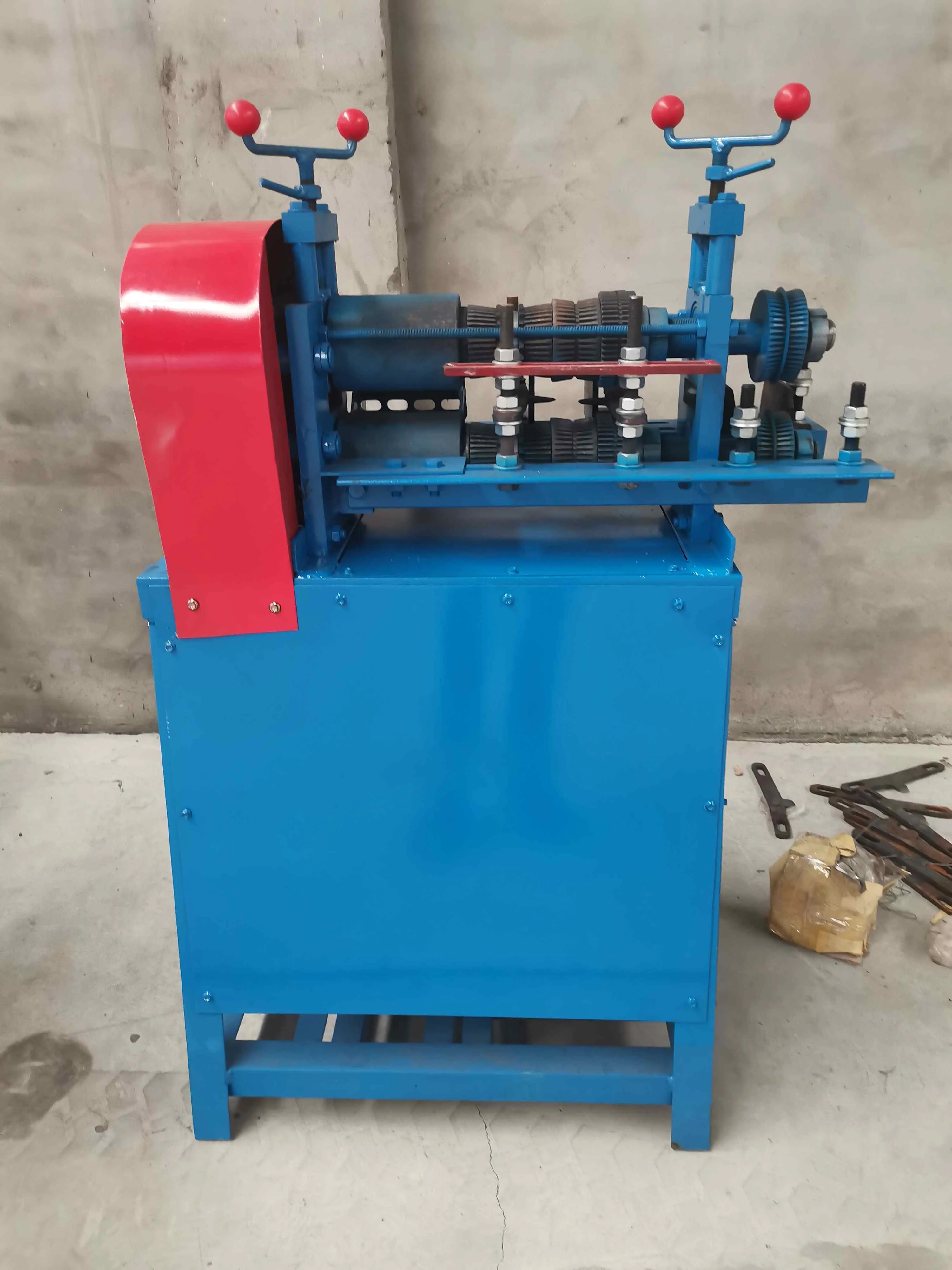

Nov . 27, 2024 18:31 Back to list
Understanding Eddy Current Separators How They Work
Eddy current separators are advanced devices used in recycling and waste management processes to extract non-ferrous metals from non-metallic materials. As industries increasingly focus on sustainability and efficient resource recovery, mastering the functionality of these separators becomes essential.
Principle of Operation
The core principle of an eddy current separator relies on electromagnetic induction. When a conductive material, such as aluminum or copper, enters the separator, it interacts with a rotating magnetic field created by a magnetic rotor. This rotor consists of alternating magnetic poles that produce a dynamic magnetic field. As a conductive metal passes through this field, it experiences a change in magnetic flux.
According to Faraday's law of electromagnetic induction, this change in magnetic field induces swirling currents within the conductive material—hence the term eddy currents. The induced eddy currents generate their own magnetic field, which interacts with the original magnetic field of the rotor. This interaction results in a repulsive force that propels the conductive material away from the non-metallic materials present in the stream.
Key Components
An eddy current separator typically comprises several critical components
1. Rotating Magnetic Rotor The heart of the device, this rotor generates the changing magnetic field that induces eddy currents in metallic objects. The rotor is usually equipped with a series of permanent magnets arranged to optimize the field strength and direction.
2. Conveyor System This system transports the material to be separated into the magnetic field region. The speed and angle of the conveyor can be adjusted to improve the separation efficiency.
3. Non-ferrous Metal Discharge Area After the metallic objects are repelled by the magnetic field, they are directed to a separate collection area designed for non-ferrous materials only.
4. Control Panel Often equipped with sensors and controls, the panel allows operators to monitor and adjust the operation settings, ensuring optimal performance.
Applications

Eddy current separators have a wide range of applications in various industries, including
- Recycling Facilities They are extensively used to separate aluminum cans, copper wires, and other non-ferrous metals from mixed waste streams, significantly improving the recovery rates of valuable materials.
- Mining and Mineral Processing In these environments, eddy current separators aid in the recovery of valuable metals from ore and tailings, enhancing productivity and reducing environmental impact.
- Electronic Waste (E-Waste) Recycling With the rise of electronic devices, these separators play a crucial role in recovering metals from circuit boards and other electronic components.
Advantages of Eddy Current Separators
The use of eddy current separators offers several advantages
- High Efficiency They can achieve a high rate of separation, ensuring that recyclable materials are effectively extracted from waste streams.
- Versatility Eddy current separators can handle a variety of materials, making them suitable for different industries and applications.
- Decrease in Environmental Impact By efficiently recovering non-ferrous metals, these separators contribute to reduced mining activities and lower energy consumption, fostering a greener economy.
Conclusion
In conclusion, eddy current separators represent a sophisticated technology that plays a vital role in modern recycling and waste management. Through the principles of electromagnetic induction, these devices efficiently separate non-ferrous metals from other materials, promoting resource recovery and sustainability. As the global push for recycling and sustainability continues, understanding the operation and benefits of eddy current separators will be increasingly important for industries aiming to reduce waste and enhance their environmental performance. Whether in recycling plants, mining operations, or e-waste management, eddy current separators are essential tools for achieving a circular economy.
Latest news
eddy-separator-for-non-ferrous-metals
NewsAug.22,2025
e-waste-bin-for-collected-spray-cans-sustainable-disposal-solutions
NewsAug.22,2025
dual-shaft-shredder-with-adjustable-blade-gaps
NewsAug.22,2025
hammer-crusher-machine-with-secondary-crushing
NewsAug.22,2025
copper-granulator-our-promise-of-recycling-excellence
NewsAug.22,2025
industrial-shredders-crafted-for-e-waste-recycling
NewsAug.22,2025